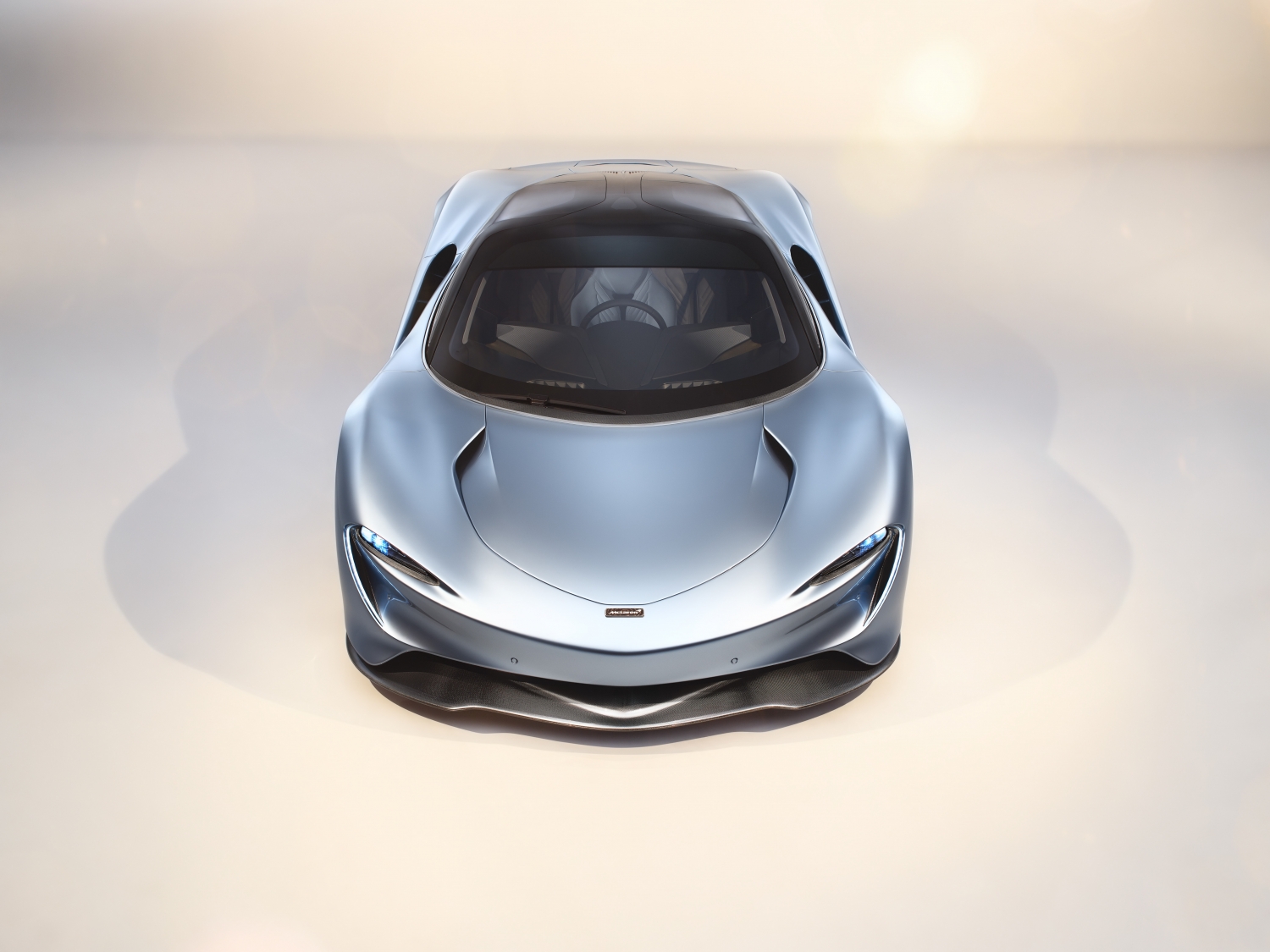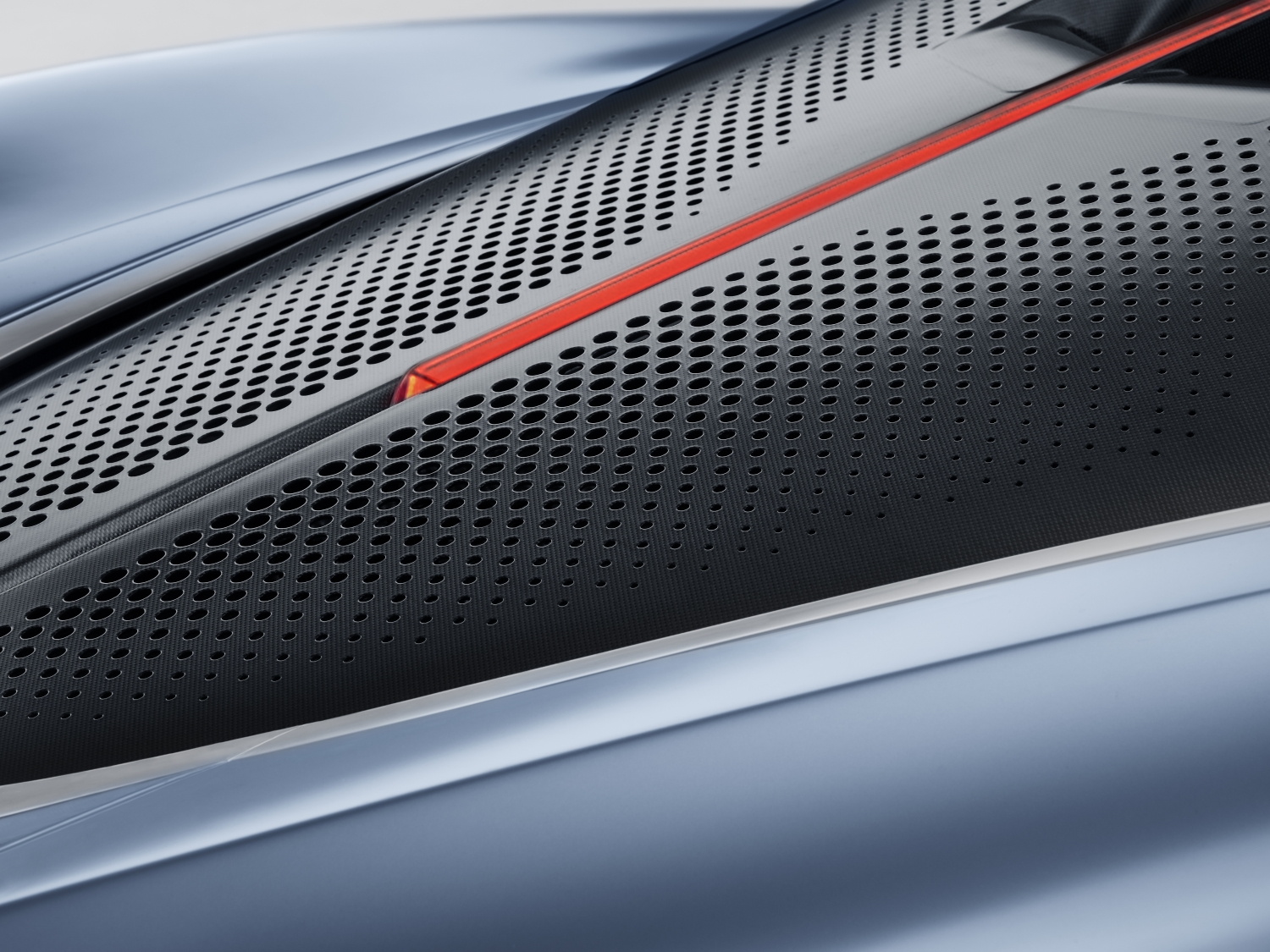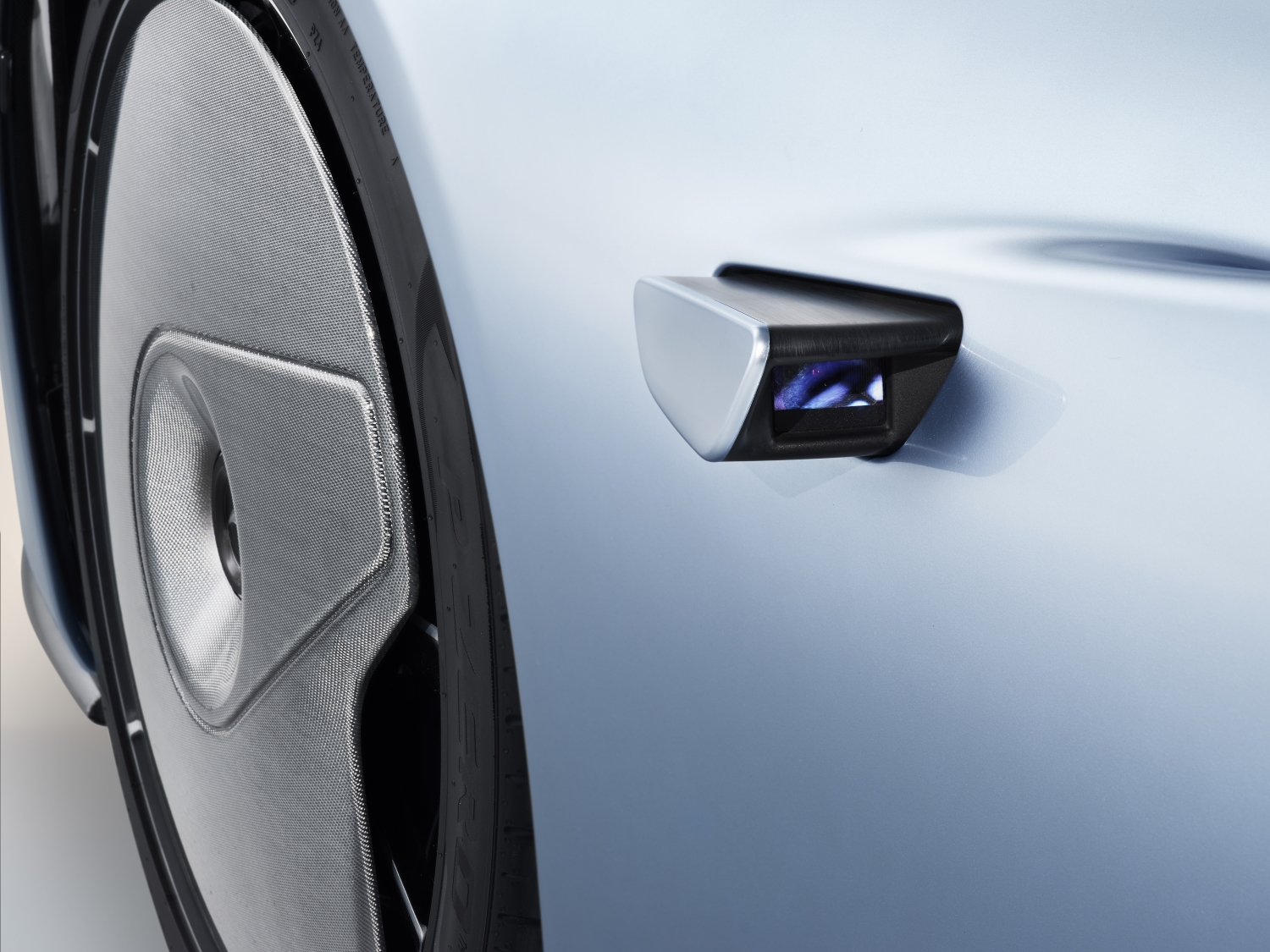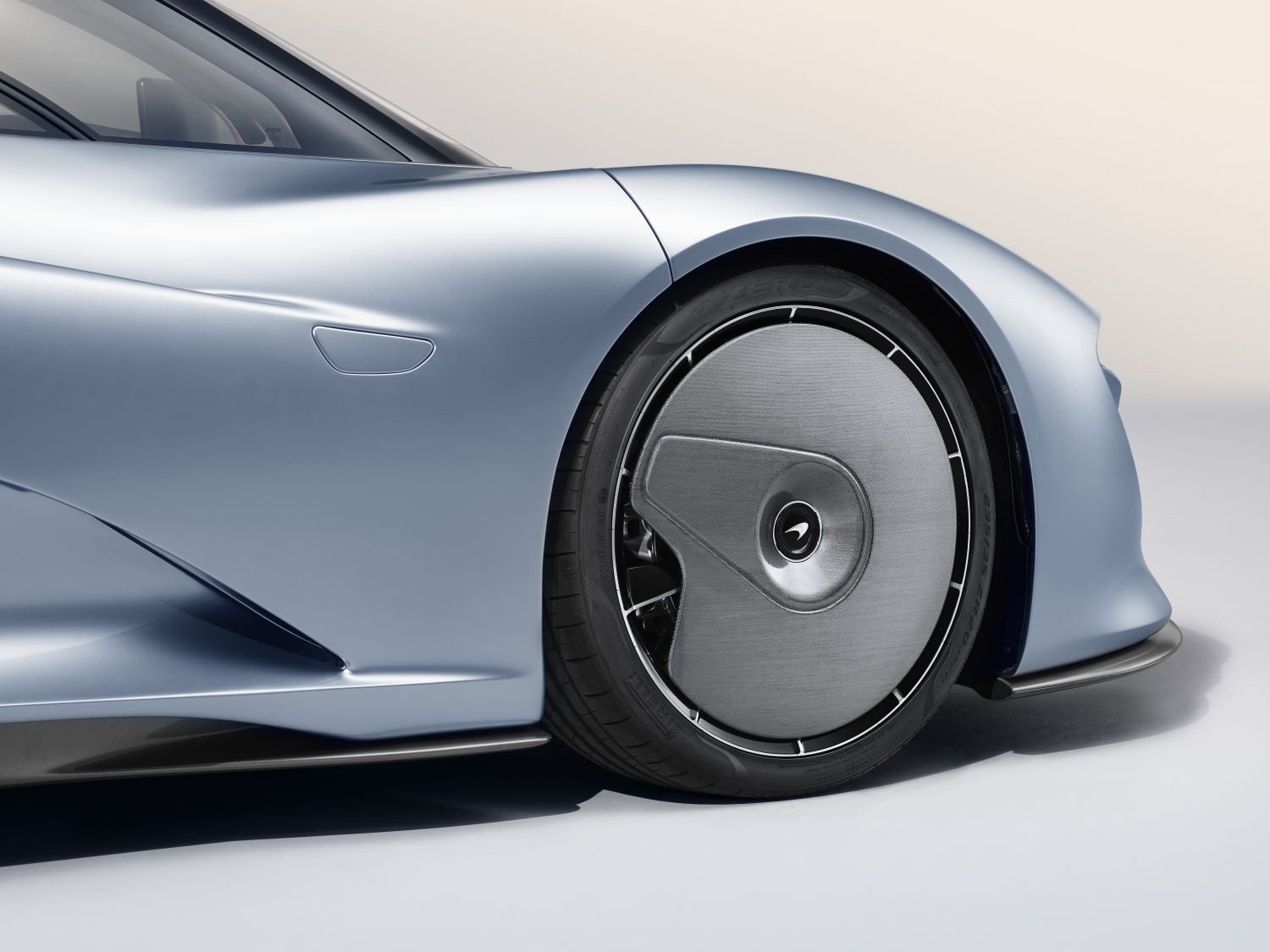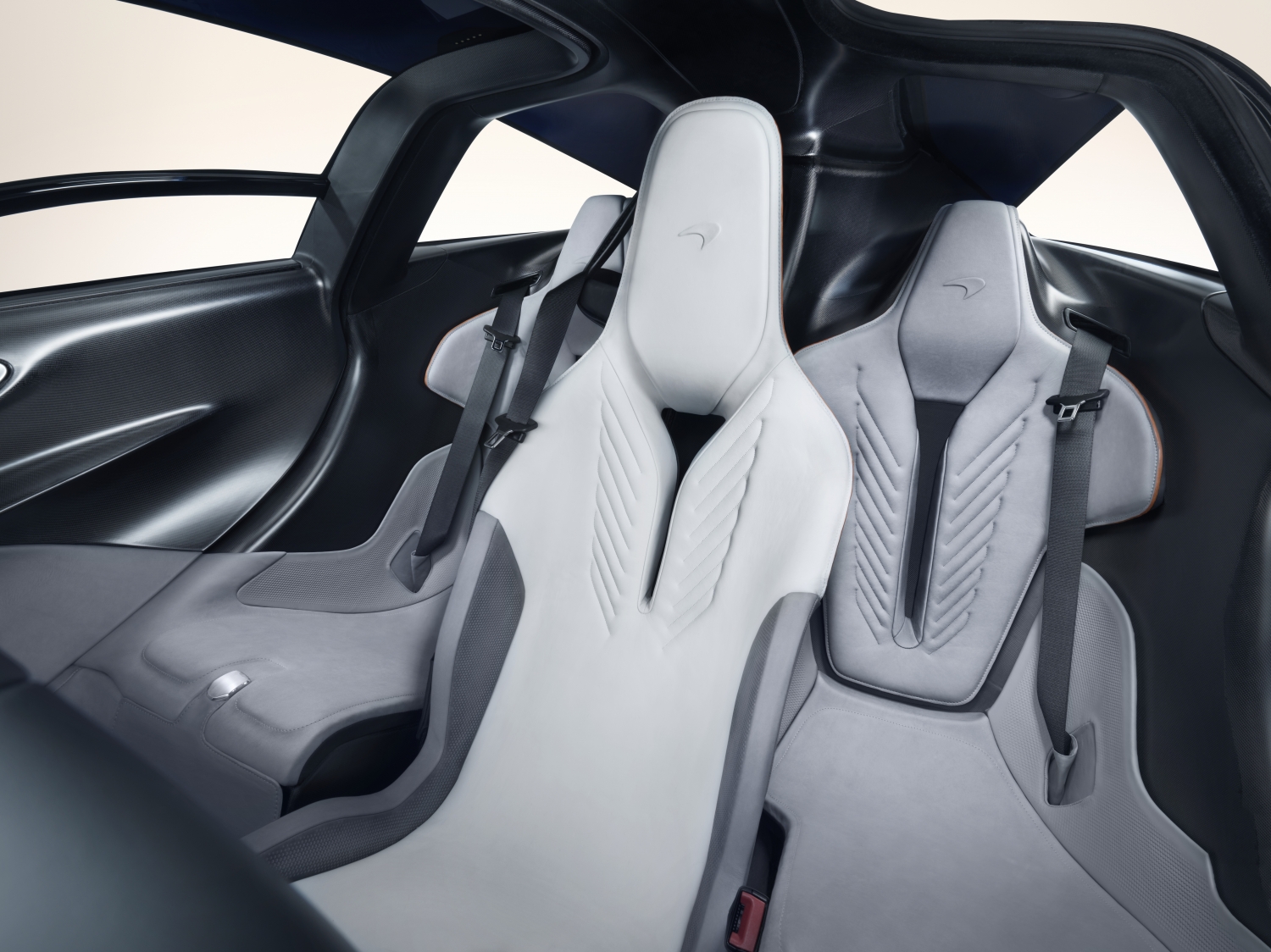Media | Articles
The McLaren Speedtail is crazy (and possibly stupid)
McLaren announced a new model, the Speedtail, to fit in its “ultimate series” of cars, and we’re left asking if the otherworldly abilities of these hypercars matters anymore.
In a video announcement that is seemingly a tribute to Gnarls Barkley’s 2006 hit Crazy, we get a look at the low-and-sleek form of McLaren’s entry into a new car class it has named the “hyper GT.” Presumably this combines the latest term, hypercar, for super-super-super-cars such as the Aston Martin Valkyrie, Mercedes-AMG Project One, and the Toyota GR Super Sport, with the classic GT designation (Gran Turismo/Grand Touring) that denotes comfortable long-distance travel. The Speedtail seems to be performing well in one area so far—marketing, with the automotive social media losing its collective mind over the car’s reveal. Though the stats sheet reads TBA on many of the lines, all 106 examples have already been sold.
McLaren is quick to say in this latest announcement that the Speedtail is not a successor to the infamous F1, but it shares production number (106) and seat layout with the near-30-year-old F1. The F1 was an all-out performance car, uncompromising in many aspects. The P1 was a modern interpretation of that niche, leaving this Speedtail to fill another. A front trunk holds optional fitted luggage in materials and design that match the interior, ready to be filled with everything for your next roadtrip, assuming you pack light.
Marketplace
Buy and sell classics with confidence

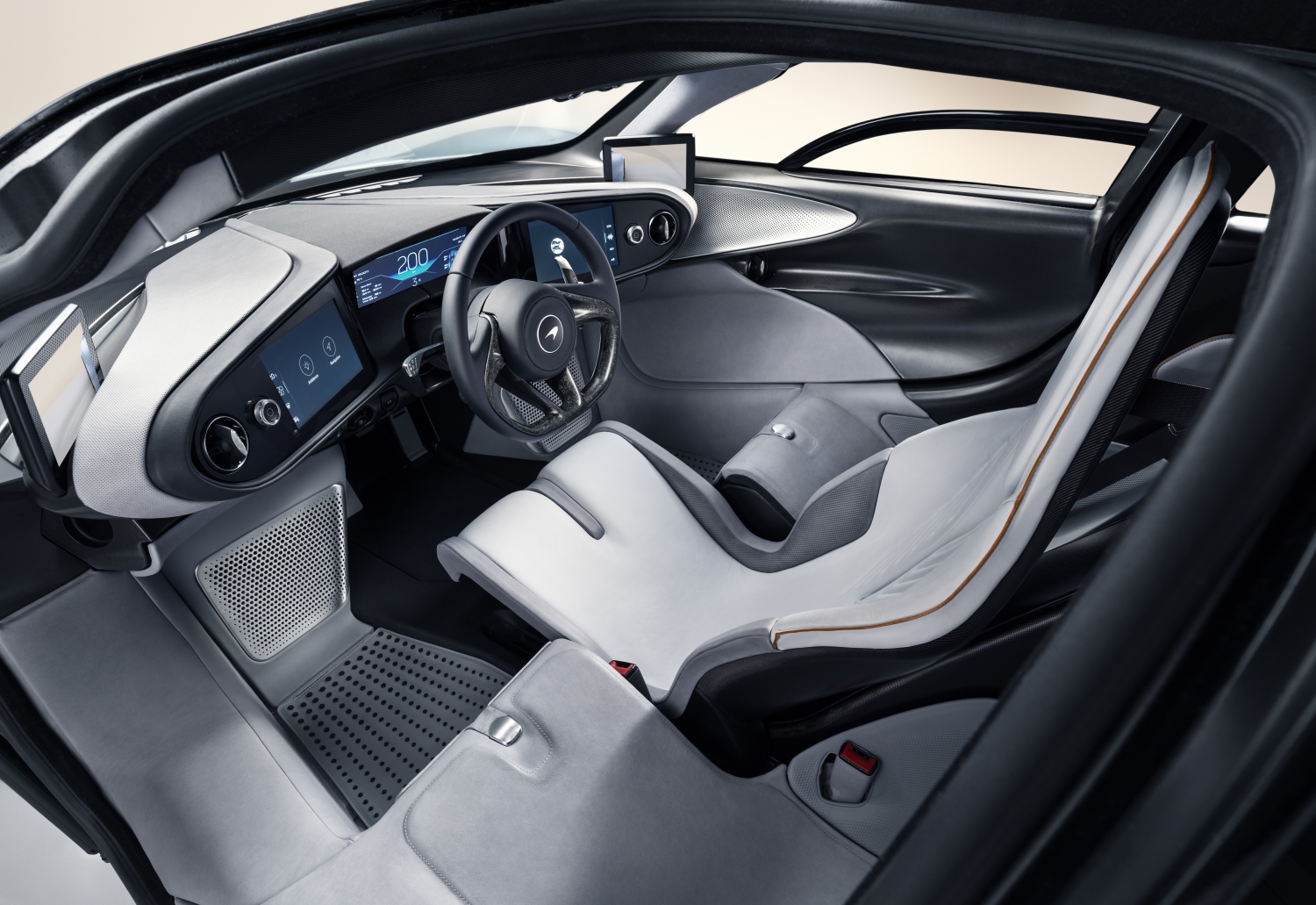

With a name like Speedtail, it had better be fast. The claimed top speed is 250 mph. The design looks slippery, but looks can be deceiving. The Bugatti Veyron, introduced more than a decade ago, had a higher top speed. McLaren might be holding out and just using a round number, or perhaps it’s a quiet admission that top speed bragging right mean very little for speeds that are either unachievable or unsafe on most of the world’s pavement.
There are a few good takeaways. We don’t know the powertrain details yet, but McLaren has revealed it will be hybrid electric. We speculate a version of the 4.0-liter twin-turbo V-8 from the Senna will be pulled into duty for the Speedtail, as that’s currently McLaren’s most powerful engine. Other trick features include the use of active aerodynamics on the tail panel, where flexible carbon fiber adjusts with speed to increase or decrease downforce. Streamlined front wheels to manage airflow, and the rearview mirrors have been shaved off in favor of pop-out cameras and interior screens to aid in reverse movement.
Just don’t plan to enjoy the wide open road here in the U.S., as McLaren has chosen not to federalize the car stateside, according to MotorAuthority. This means even if you’ve already given your deposit and are just waiting, you can still only enjoy your new “hyper GT” car on the track. Or in Europe.

Road legality aside, I’m growing numb to all the super-expensive, limited-edition cars. Clearly there is a market or these companies wouldn’t keep building them. But whereas the F1 set a new standard for performance in its time, these new cars all brush up against the law of diminishing returns. Stat-sheet bragging rights are basically irrelevant today. And cars like these rarely get driven. They’re either hidden away in the hopes of future appreciation or parked because it’s impractical for most driving situations, luggage space be damned.
All this makes it hard to appreciate whatever breakthroughs the Speedtail brings to the market. The next new thing is right around the corner (probably with another nonsensical categorization like “gigacar”) offering similar appeal: unimaginable performance, giant price tag, and exclusivity. In other words, everything is amazing now, which makes “amazing” less so. The McLaren Speedtail may, in fact, be amazing. Does that even matter anymore?








